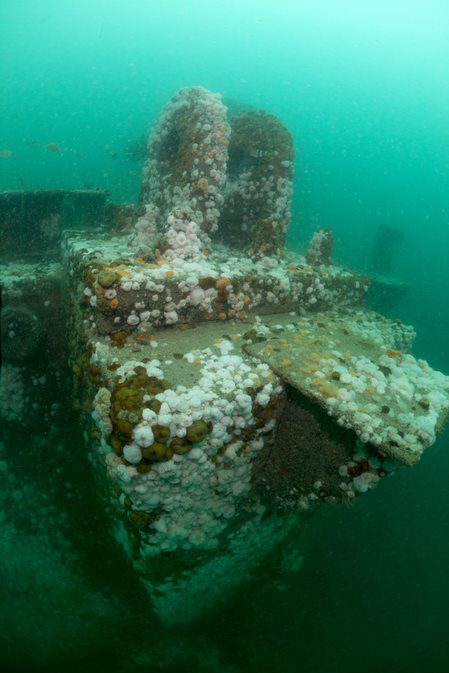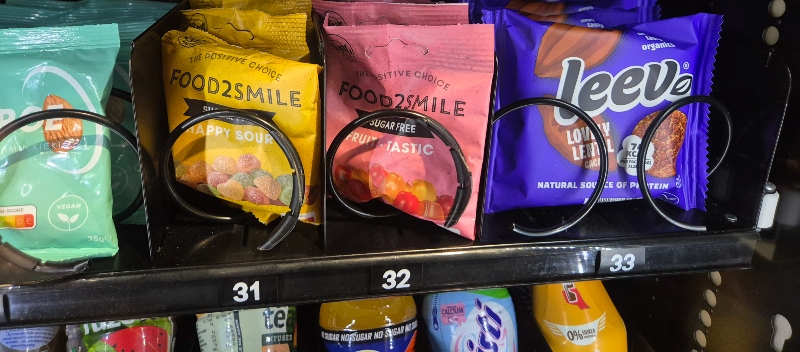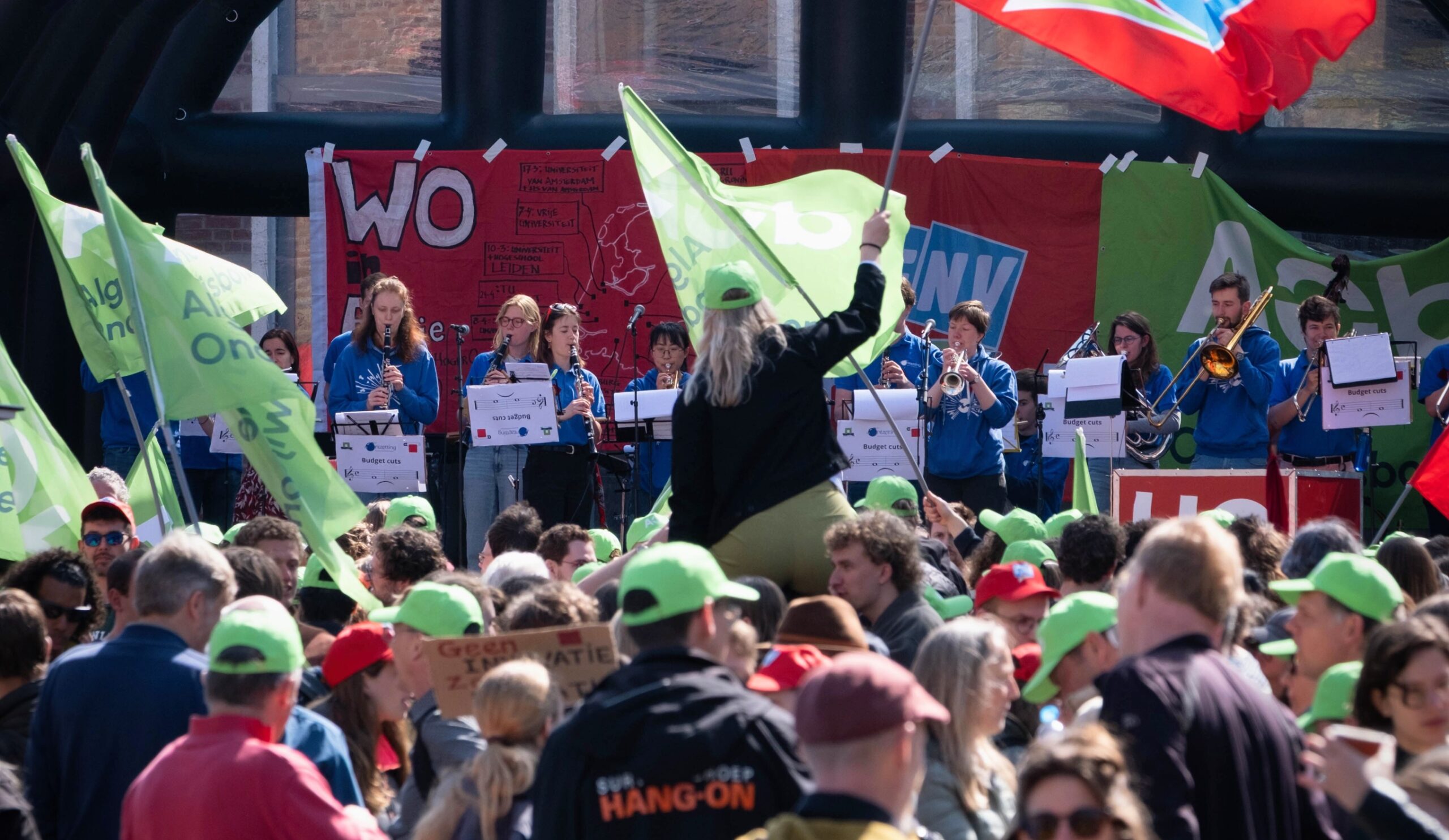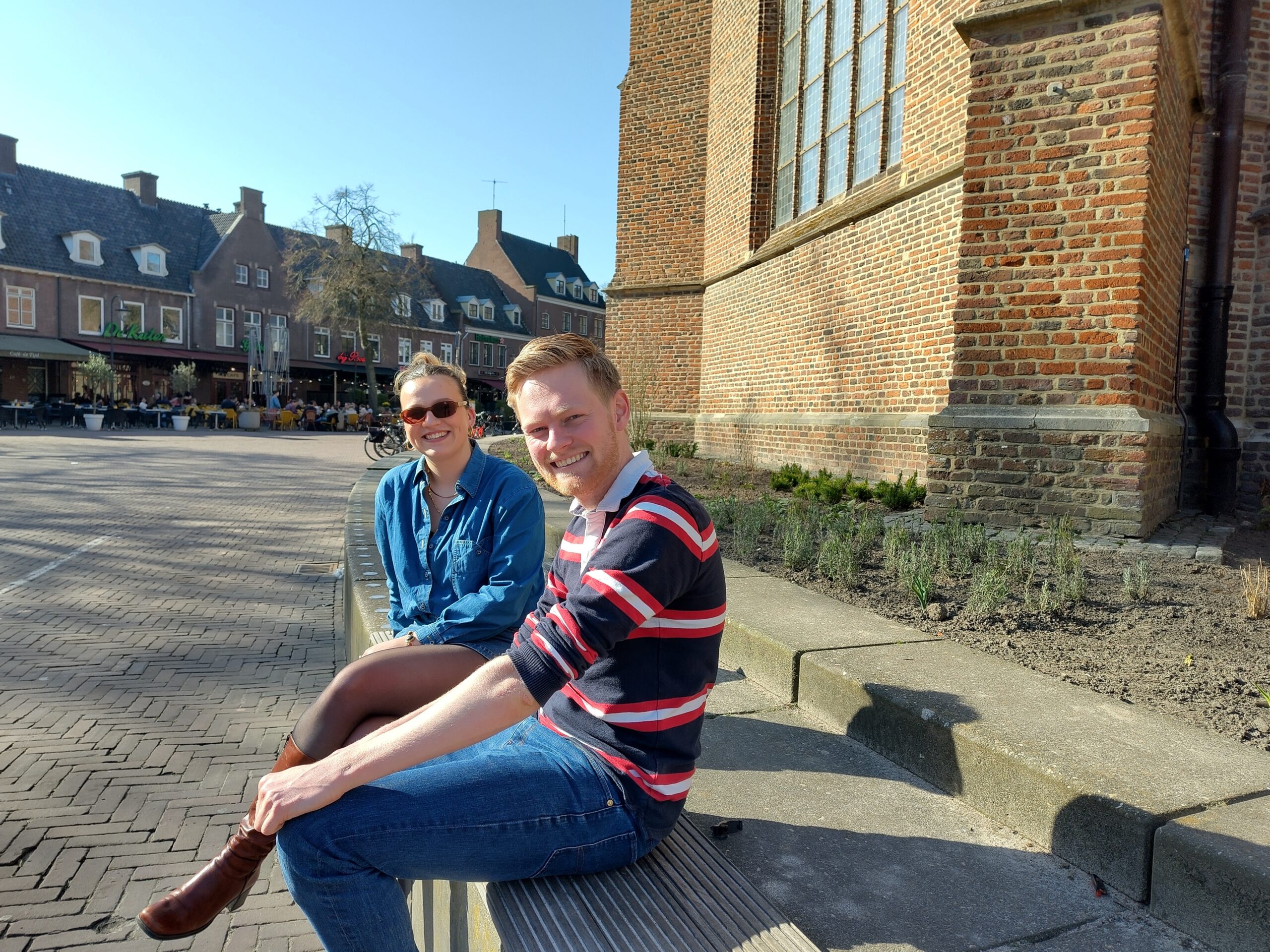There are numerous gas platforms and windmills in the North Sea, and many more to come. International agreements demand that obsolete structures are removed, but special dispensation may be granted in certain circumstances. For example, if the impact on nature is too severe. T
Concrete slab
This may apply to the remains of the Halfweg gas platform, off the coast of Den Helder. There, 26 kilometres off the coast at a depth of 25 metres, lies a gigantic slab of concrete on the seafloor. It is the base of a platform that mined gas from 1995 till 2016. The platform itself was decommissioned last year, all that remains is the foot and the surrounding rock bedding. Owner Petrogas commissioned a WUR study to find out what repercussions removing it would have on nature.
Without this type of artificial hard substrates, the floor of the North Sea would be a much more barren system
Joop Coolen, researcher Wageningen Marine Research
From a biodiversity perspective, rather a lot, the data collected by lead investigator Joop Coolen (Wageningen Marine Research) shows. His team counted 65 species in the samples they collected on the remains of the platform. They estimate there to be 83 species, a small number was sighted elsewhere in the North Sea. If the concrete slab is removed, 44 of the 65 species counted will remain in the rock bedding.
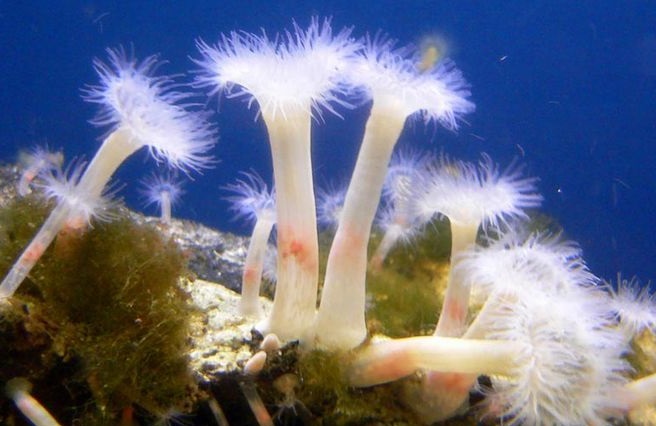
Coolen says the majority of these species is not rare. ‘There are no threatened species. They are also found on hard surfaces elsewhere in the North Sea. The Sabellaria spinulosa, a honeycomb worm, is special, however. It is a reef-forming species that we are required to protect by European agreements.’ In terms of numbers, the plumose anemones lead. Approximately 94 per cent of all the biomass consists of plumose anemones.
Oyster reefs
Is all of this sufficient reason to keep the platform where it lies? Coolen agrees. ‘I see it as a valuable addition to the ecosystem. Without this type of artificial hard substrates, the floor of the North Sea would be a much more barren system. And, let’s not forget: 200 years ago, before industrial fishing, there were enormous oyster reefs. The communities of species then were largely the same as now.’
Whether Petrogas will apply for dispensation from removing the remains of the platform is not yet clear. Coolen says finances are not a determining factor. ‘At least, that is what the company says. Removing such a structure is costly, and companies like this are often accused of failing to do so out of financial considerations. However, Petrogas has said they will donate possible savings to science or charity.’
Check out this film on the research.

